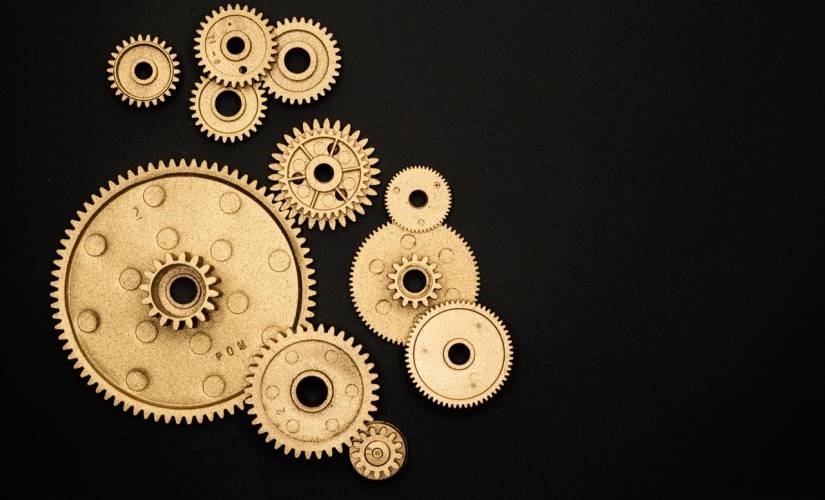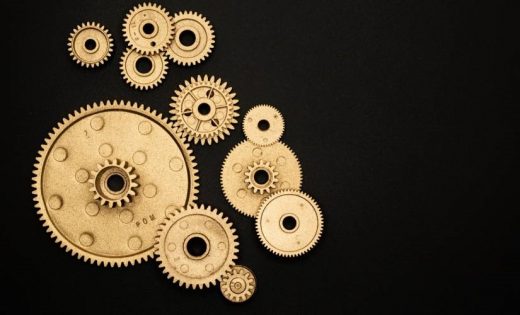How to Choose the Right Sensor for Your IoT Device
How to Choose the Right Sensor for Your IoT Device

The choice of sensor type can have a major impact on your IoT application. A good selection of sensors will provide the most valuable insights — but considerations like cost and ease of installation may impact what data you can collect effectively.
You Want to Choose the Right Sensor for Your IoT Device
A handful of essential considerations can guide the sensor selection process. Knowing what factors to consider will let you know which sensors will be most important for your IoT application.
First Considerations for a New IoT Application
You may have a general idea of what benefits you want from your IoT application. For example, you may want to improve operational intelligence, gather more information about business processes, or enable an automated lighting system.
1.Choose a specific goal.
You will want to choose a specific goal like an asset to be monitored, a predictive maintenance strategy to adopt, or a category of site data to collect. Choosing a specific goal will help you determine what type of sensor will be most important. In any case, you’ll want to consider four key factors when deciding on which sensors to implement.
2. Cost is typically the most significant consideration.
Cost is a high consideration, and your budget and the scale of your project will determine how much you can spend per sensor. You will naturally be paring down your options again.
3. The next most important factor is your goal or KPI.
Specific sensors will be mandatory if you want to track certain metrics or create process improvements.
4. The environment may also impact the sensors from which you can choose.
Some sensors will only work in the right environment. Certain sensors may be less effective outdoors or may require features that preserve the quality of their measurements. Installing sensors underwater or in extreme conditions — like the heat of a forge — may also require similar upgrades.
5. Lastly, you should consider the quality of the sensor.
High-precision, high-accuracy sensors are desirable, but there may be little utility to paying for more accuracy than you need. At the same time, a low-accuracy sensor may yield data that does more harm than good.
Sensor security quality is also worth considering. IoT devices can have significant security vulnerabilities that may put an organization’s entire network at risk.
Sensors for Operational Intelligence and Bulk Asset Tracking
You may need certain sensors for specific applications. Breaking down general goals into detailed sets of use cases will help you select the necessary sensors.
For example, you may want to use sensors for on-site asset tracking. As with most IoT applications, you may choose sensor options for asset tracking range apart from costly sensors. Sensors are typically precise and specialized, and you may choose simpler and typically less costly sensors to install.
Better sensors can provide site staff with a more accurate reading of an asset’s location.
Having a higher quality sensor can be a good investment for facilities with high-value assets that employees need to access at a moment’s notice. For example, a hospital may want to use these high-accuracy sensors to track equipment like ventilators.
Tracking data gives employees real-time information on where that equipment is. This can reduce time spent searching for essential goods in an emergency.
Tracking sensors in emergency situations
Similarly, a hospital implementing an automated HVAC management system may want better air quality sensors in a critical care room than in a waiting area due to the impact of air quality on patients in critical condition.
Interoperability may also be a concern with large-scale IoT applications.
Due to a lack of interoperability standards in the IoT industry, many devices may not communicate with each other or with the system you use to coordinate your IoT fleet.
Additionally, some devices might not communicate with the rest of the network in the same way or report data differently.
Fleet asset tracking solutions
For example, fleet asset tracking solutions typically depend on GPS trackers to monitor fleet vehicles in the field. Using GPS trackers from a variety of manufacturers could make a system harder to manage.
As an IoT application becomes more complex — involving multiple sensor types from different OEMs (all trackers) — this may become even more of an issue.
It’s best to start small with a pilot project or similar test that can help you gauge the quality of new IoT devices. This will help you determine if the new devices meet your organization’s needs.
Bulk Asset Tracking With Internet-Connected RFID Readers
When tracking items in bulk — and when real-time tracking is less critical — cheaper solutions may be just as effective as the expensive alternatives.
What about tracking at warehouses?
For example, some warehouses use a combination of RFID tags and readers to track goods as they move through the facility.
RFID readers posted throughout the warehouse scan for RFID tags, giving facility managers a rough idea of where goods are in the facility. Over time, this data also helps warehouse managers visualize floor traffic. Bottlenecks will naturally appear in the data, providing insights that managers can use to optimize their warehouse layout.
What about RFID tags?
The disadvantage of this approach is that RFID tags aren’t typically precise — you know approximately where a particular pallet of goods is. Still, you won’t know the exact location in the way you would with a GPS tracker. RFID readers can also be interrupted by certain materials.
RFID tags on metal surfaces may also sometimes be challenging to read — reducing the accuracy of this kind of system.
Understanding the limitations of the sensors you use — like how interference can impact RFID reader performance — will help you plan your system and understand which sensors are best for your needs.
Tracking Machine and Asset Performance
Sensor choice will have a major impact on the effectiveness of any IoT application that tracks machine health.
While some information may be useful in analyzing machine health for most equipment, like motor temperature or timing, not all the information you can track will be relevant to a particular machine.
Machine Health
Starting with your desired outcome — better information on machine health, predictive insights into future failure, and so on.
Working backward to identify sensors that are both effective and practical. For example, in a 2018 article for Automation World, Arun K. Sinha, director of business development at Opto 22, described how he would decide on a sensor set for monitoring the machine health of a factory compressor.
Practicality plays a significant role in machine health decisions.
Some operational parameters are easier to track than others. Motor temperature, vibration, and current, for example, are typically not difficult to monitor with IoT technology. They also provide good insight into the health of an air compressor.
Compressor fluids
Tracking differential pressure of the compressor’s fluids would provide additional insights but can also require pipework. Internal sensors can also pose unique challenges if IoT sensors are connected to the network via a hardwired connection.
Hardwire connections
If a network has a hardwired connection, it may be a more difficult-to-track parameter; these are like fluid pressure or lubrication temperature but may provide helpful information on machine performance.
You will want to balance the utility of information against cost.
You may decide it would be best to begin with the three motor sensors, then possibly consider scaling up in the future by adding an additional sensor to track fluid temperature.
These are the kinds of trade-offs you’ll likely have to make when selecting sensors for a machine-monitoring IoT fleet. The difficulty of installation and sensor practicality may influence the kind of data you can collect cost-effectively and with minimal downtime for sensor installation.
Original equipment manufacturer guides
Your original equipment manufacturer may also have recommendations when it comes to IoT sensors.
Even if they have little or no experience with IoT monitoring, they may be able to advise you on common problems or failure causes, helping you to identify which parameters are the most important to track.
Documents from manufacture about maintenance
Documents like manufacturer maintenance schedules and user guides can provide ideas about common causes of failure for a particular machine. Failure types like thermal shock and fatigue, for example, may indicate that you should track machine temperature and vibration with your IoT fleet.
Start with a pilot project with your own equipment
This is one advantage of beginning with a pilot project. Starting small limits the amount of data you can collect, forcing you to focus on a highly specific use case — like asset tracking or predictive maintenance — or KPI that you want to monitor.
Essential Considerations When Purchasing IoT Sensors
Getting the most from a new IoT application often depends on effective sensor choices.
After price, which is usually the number-one consideration in any significant tech investment, it’s always worth considering how to use case, sensor quality, and potential sensor limitations that may impact a particular IoT sensor fleet.
Image Credit: miguel á padriñán; pexels; thank you!
The post How to Choose the Right Sensor for Your IoT Device appeared first on ReadWrite.
(63)


